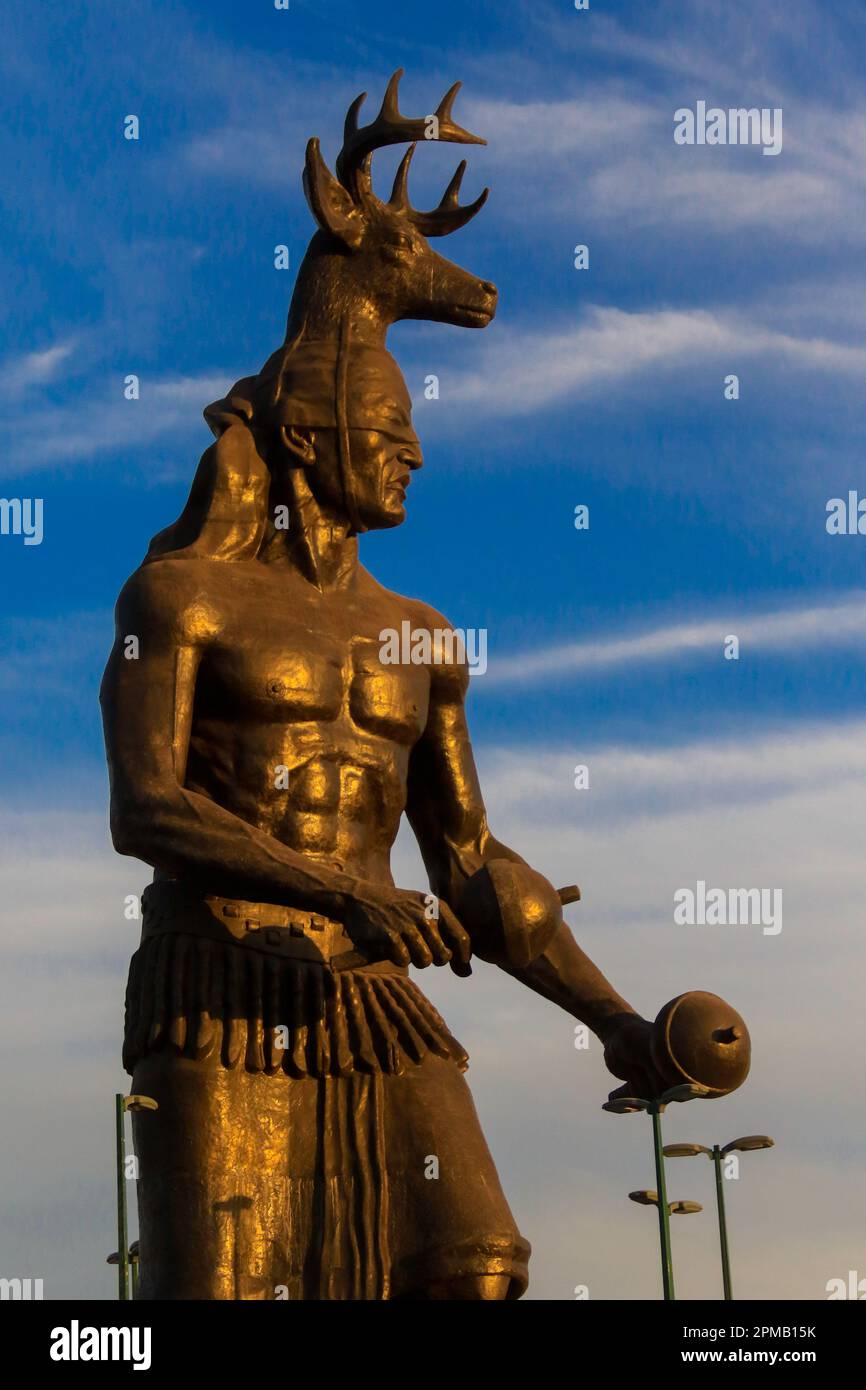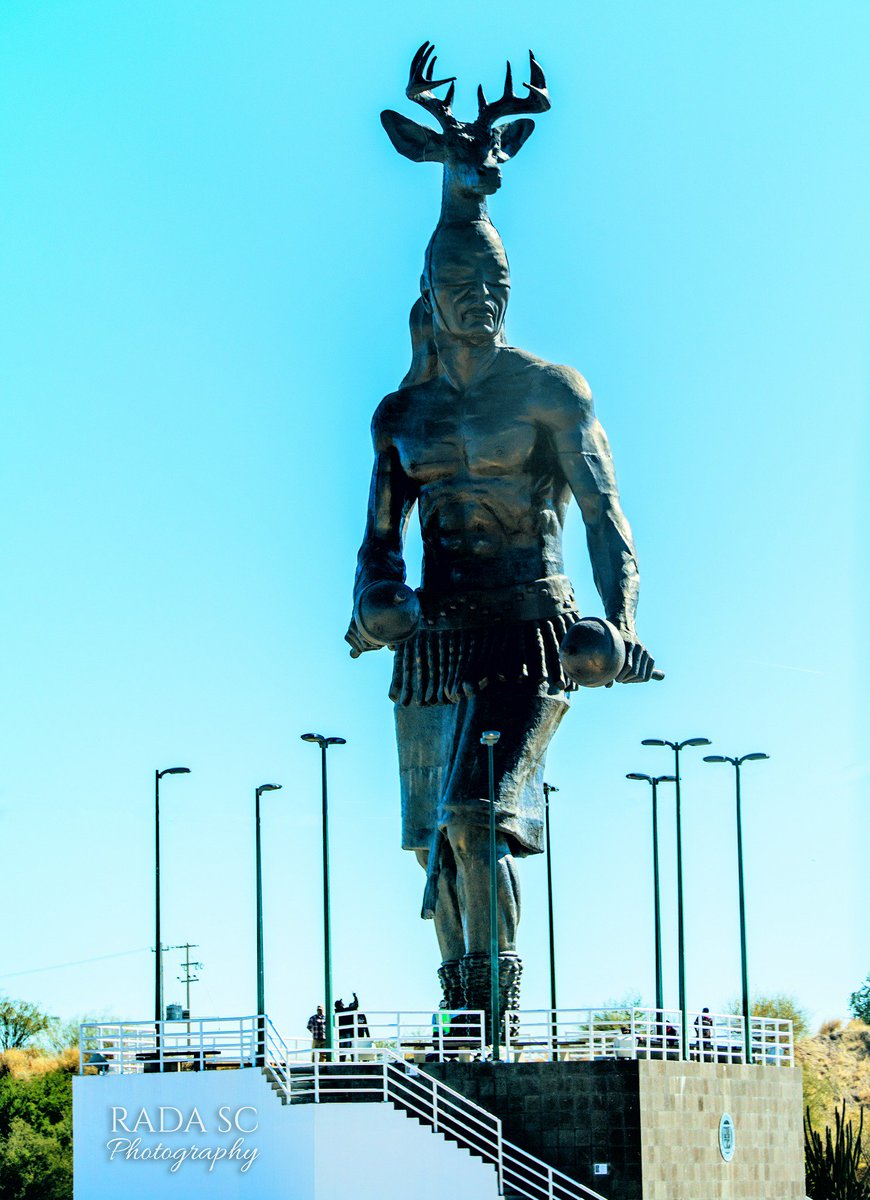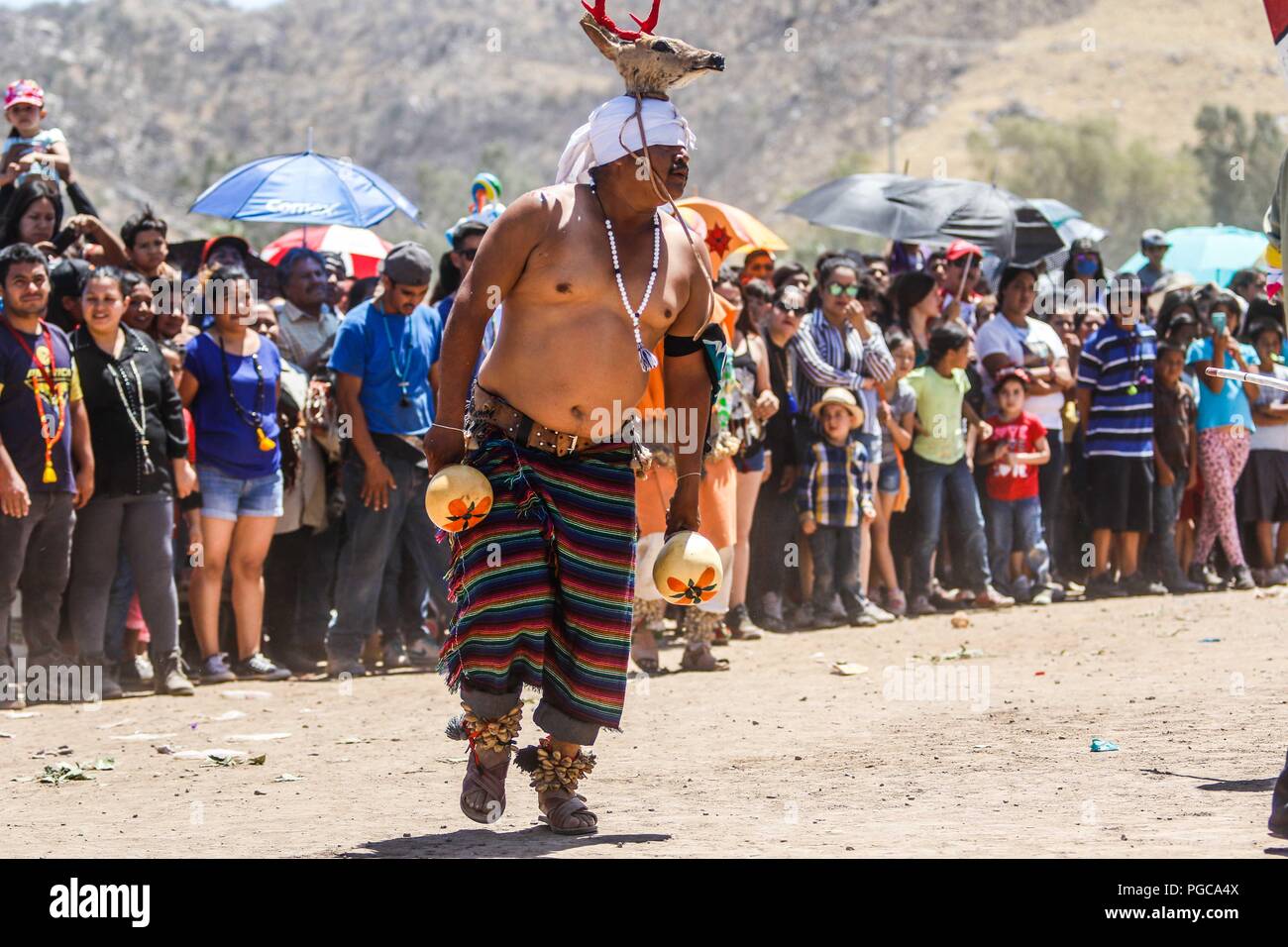
Tracing Resilience: The Yaqui (Yoeme) Tribal Lands Map Across Arizona and Sonora
The map of Yaqui (Yoeme) tribal lands is far more than a geographical representation; it is a living narrative, etched with centuries of resilience, unyielding identity, and profound spiritual connection. Spanning the modern-day border between Arizona in the United States and Sonora in Mexico, this map tells a story of a people who have defied colonial divisions, brutal persecution, and forced migrations to maintain a vibrant culture and an unbroken link to their ancestral territories. For the traveler seeking deeper understanding or the history enthusiast, exploring this map is to embark on a journey through a testament to indigenous strength and sovereignty.
The Ancestral Heart: The Rio Yaqui Basin, Sonora
To understand the Yaqui map, one must begin in its ancient heartland: the fertile floodplains of the Río Yaqui (Hiakim) in Sonora, Mexico. This vast, life-giving river basin, stretching from the Sierra Madre Occidental to the Gulf of California, has been the cradle of Yaqui civilization for millennia. Here, long before European contact, the Yoemem (the Yaqui people’s self-designation, meaning "the People") developed a sophisticated agrarian society, cultivating corn, beans, squash, and cotton, and living in independent communities structured around complex spiritual beliefs and a robust social order. Their world was defined by the river, the mountains, and the sea, each imbued with sacred meaning.

The arrival of the Spanish in the early 17th century marked a pivotal shift. Unlike many other indigenous groups, the Yaqui initially resisted Spanish conquest fiercely, repelling early military incursions. However, they eventually entered into a unique, albeit often contentious, relationship with Jesuit missionaries. For over a century, the Yaqui largely maintained their autonomy under the Jesuit system, adapting aspects of Catholicism while integrating them into their existing spiritual framework. This era saw the establishment of the Eight Sacred Towns (Kohtum, Bácum, Tórim, Húirivis, Ráhum, Pótam, Vícam, and Cócorit), which became the bedrock of Yaqui identity and governance. These towns, still central to Yaqui life in Sonora, are not merely settlements; they are spiritual and political entities, each holding specific roles in ceremonial life and communal decision-making.
The relative peace, however, was shattered in the mid-18th century when the Spanish Crown expelled the Jesuits and attempted to impose direct colonial rule, confiscate Yaqui lands, and exploit their resources. This sparked the beginning of the "Yaqui Wars," a series of protracted conflicts and rebellions that would span nearly two centuries, making the Yaqui one of the most consistently resistant indigenous peoples in North America. The map of Sonora during this period would show a landscape scarred by conflict, with Yaqui strongholds in the mountains and river valleys serving as bastions against overwhelming military force.
The most brutal phase of these wars occurred in the late 19th and early 20th centuries under the Mexican regime of Porfirio Díaz. Driven by a desire for Yaqui lands for agricultural and mining development, the government launched a genocidal campaign, massacring thousands and forcibly deporting tens of thousands more to slave labor camps in the Yucatán Peninsula (Valle Nacional). The map of Yaqui territory during this era would illustrate a forced diaspora, with Yaqui individuals scattered across Mexico, their ancestral lands seemingly empty but never truly abandoned in their hearts. This period of deportación profoundly shaped Yaqui identity, embedding a deep-seated understanding of persecution and an unyielding commitment to their heritage.
The Northern Migration: Establishing Roots in Arizona

It was during these desperate times that a significant portion of the Yaqui people sought refuge across the international border, migrating north into the newly formed U.S. territory of Arizona. This migration was not a simple border crossing; it was a desperate flight for survival, often undertaken on foot, over vast deserts, with little more than the clothes on their backs. They arrived in Arizona largely as undocumented refugees, facing discrimination, poverty, and the constant threat of deportation back to Mexico.
Despite these immense challenges, Yaqui families began to establish new communities in Arizona, primarily around Tucson, Phoenix, and Scottsdale. These early settlements were often precarious, informal enclaves on the fringes of Anglo-American towns. Places like Barrio Libre in Tucson, Guadalupe near Phoenix, and Old Pascua (Pascua Pueblo) became vital centers for cultural preservation. Here, away from the immediate threat of the Mexican army, the Yaqui meticulously rebuilt their ceremonial life, language, and social structures. The map of Arizona during this period would highlight these emerging Yaqui "barrios," small dots of cultural vibrancy in a foreign land, maintained through sheer will and communal effort.
These communities, though geographically separated from the Sonoran homeland, maintained strong ties. The U.S.-Mexico border, while a political reality, remained permeable to Yaqui families, who traversed it regularly to visit kin, participate in ceremonies, and trade. This trans-border identity became a defining characteristic of the Yaqui people, shaping their political struggles and cultural practices for generations.
The Struggle for Recognition and a Land Base in the U.S.

The journey to secure a recognized land base and sovereignty in the United States was a long and arduous one. For decades, Yaqui communities in Arizona lived in a legal limbo, often mistaken for Mexican immigrants rather than indigenous people with a distinct history and culture. Their resilience eventually led to significant victories.
The most prominent example is the Pascua Yaqui Tribe, located southwest of Tucson. After years of advocacy and struggle, they achieved federal recognition from the United States government in 1978, a monumental achievement that acknowledged their sovereign status and granted them a land base. This recognition was not merely symbolic; it provided the Pascua Yaqui Tribe with the ability to govern themselves, manage their own resources, and protect their cultural heritage within a defined territory. The current map of the Pascua Yaqui Reservation shows a vibrant community with modern infrastructure, tribal enterprises, and a renewed focus on cultural revitalization, all built upon the foundation of their ancestral practices.
Other Yaqui communities in Arizona also hold significant historical and cultural importance, though their land status may differ. Guadalupe, for instance, remains a critical cultural hub, recognized by the State of Arizona and serving as a spiritual heart for many Yaqui families, even without a federal reservation status. Yaqui families also reside within other tribal communities, such as the Gila River Indian Community, reflecting intermarriage and shared histories of survival. The map of Yaqui lands in Arizona, therefore, is not monolithic; it encompasses federally recognized reservations, state-recognized communities, and historical settlements that continue to hold cultural significance.
Identity and Culture: Bridging the Divide
The map of Yaqui lands, stretching across two nations, vividly illustrates the profound connection between identity and territory. For the Yaqui, their land is not just soil; it is a spiritual entity, a repository of history, a source of sustenance, and the stage for their sacred ceremonies.
Yaqui culture is a vibrant tapestry woven from pre-contact traditions, adaptations from Jesuit Catholicism, and centuries of resistance. The Yoeme language, though endangered, is actively being revitalized and is crucial to understanding their worldview. Central to Yaqui identity are their elaborate ceremonial cycles, particularly the Lenten and Easter ceremonies. These rituals, which fuse indigenous spiritual beliefs with Catholic narratives, are a powerful demonstration of cultural survival and adaptation. The Pascua (Easter) celebration involves the iconic Deer Dance (Maaso Kawi) and the Fariseos (Pharisees), who perform intricate rituals embodying the struggle between good and evil, life and death. These ceremonies are performed on specific sacred grounds within the Yaqui towns and reservations, physically mapping out their spiritual beliefs. The very act of performing these ceremonies reinforces the Yaqui connection to their land and their enduring identity, regardless of political borders.

For a traveler, witnessing these ceremonies (with respect and prior permission, as they are deeply sacred) offers an unparalleled insight into Yaqui spirituality. Understanding that the geographical map corresponds to a spiritual map—where every mountain, river, and town holds cultural significance—enriches the experience exponentially.
The Map as a Living Document: Contemporary Significance
Today, the Yaqui tribal lands map continues to evolve, reflecting ongoing challenges and triumphs. In Sonora, the Yaqui Tribe faces renewed threats to their water rights from the Mexican government, highlighting the enduring struggle for control over their ancestral resources. In Arizona, the Pascua Yaqui Tribe actively engages in economic development, cultural preservation, and self-governance, demonstrating a powerful model of modern indigenous sovereignty.
For the travel blogger or educational historian, this map offers a unique lens through which to explore themes of indigenous sovereignty, border dynamics, cultural resilience, and the enduring human spirit. It compels us to look beyond static lines on paper and to see the vibrant, living cultures that persist despite historical injustices. A visit to the Pascua Yaqui Reservation in Arizona, or a respectful engagement with Yaqui communities in Sonora (where appropriate and with proper guidance), can provide invaluable lessons in history, cultural understanding, and the importance of respecting indigenous self-determination.
The Yaqui (Yoeme) tribal lands map is a powerful testament to a people who refused to be erased. It is a guide to a history of defiance, a celebration of a rich and unique culture, and an enduring symbol of a profound connection to the land that transcends political boundaries and continues to shape the identity of the Yoemem today. To truly understand the Yaqui is to understand their map—not as a fixed boundary, but as a dynamic, living narrative of survival and spirit.
